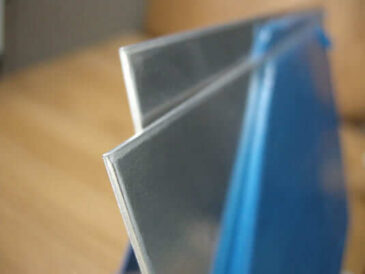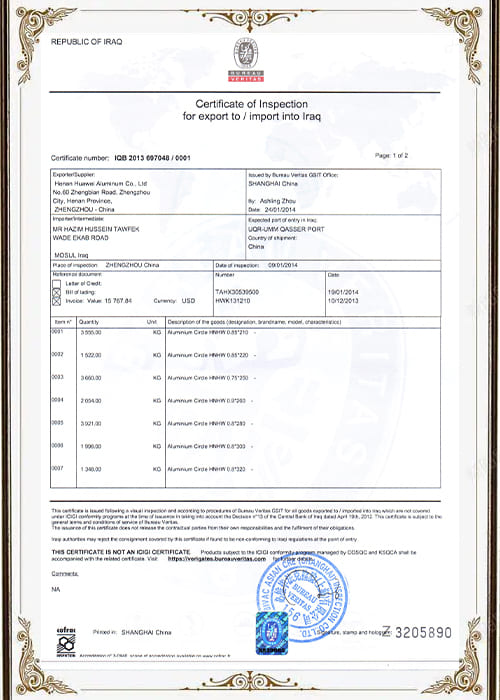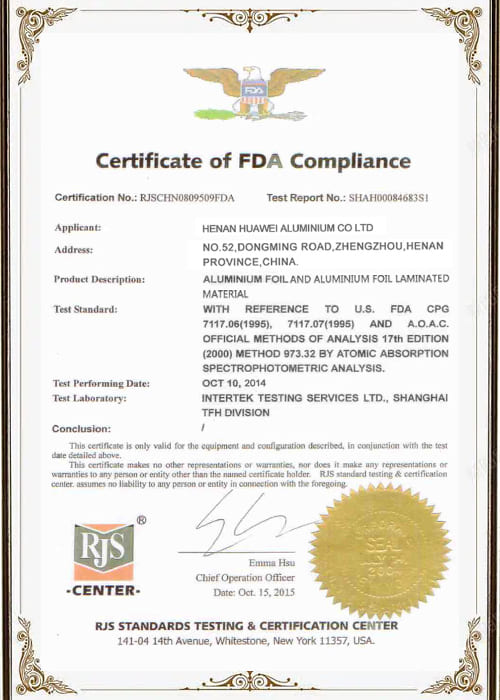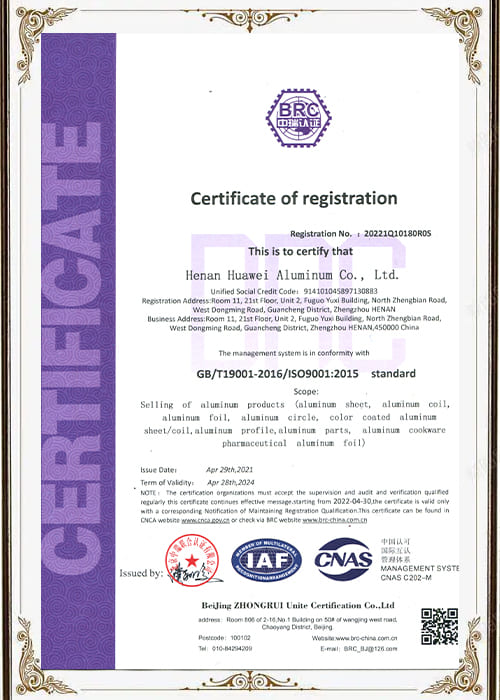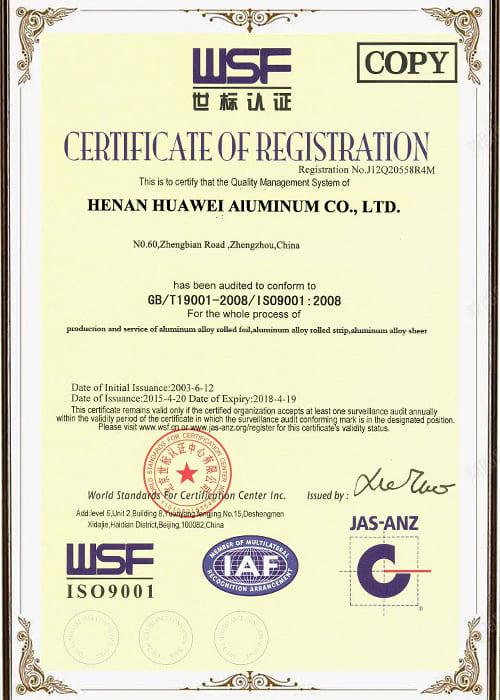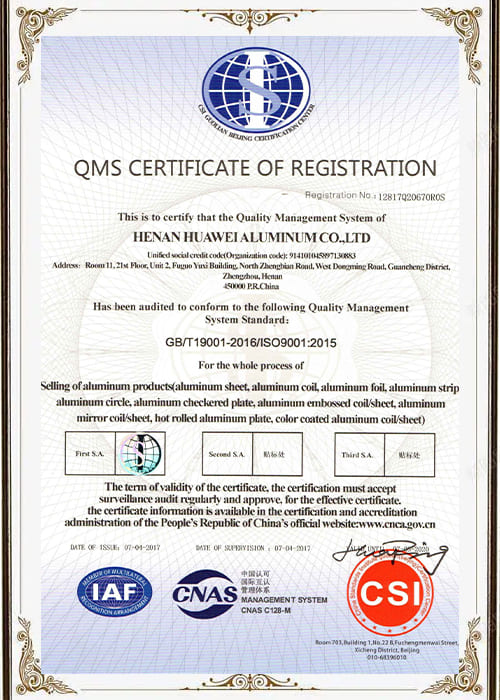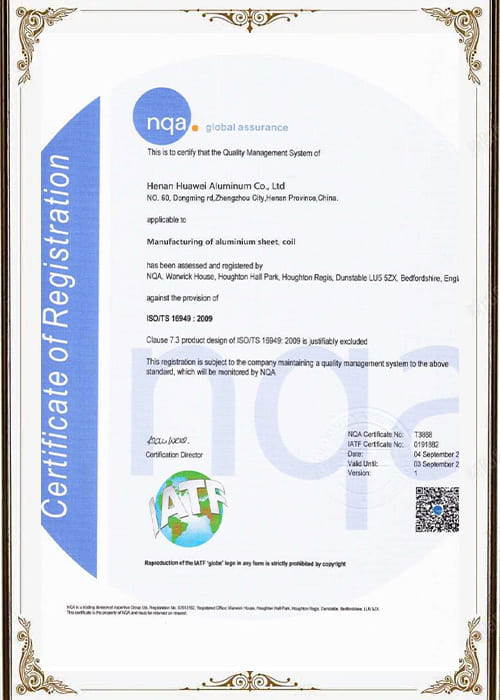Application of aluminum alloys for automobiles
17,743 Views 2024-09-27 08:08:04
Application of aluminum alloys for automobiles
Aluminum alloys can be classified into different families according to the content of alloying elements. According to the national standard “Method for indicating grades of deformed aluminum and aluminum alloys” (GB/T 16474-1996) , deformed aluminum materials are divided into different series of grades according to their chemical composition, represented by four characters, as shown in Table 1.
| Grade series | Features |
|---|---|
| 1××× | Pure aluminum (aluminum content not less than 99.00%) |
| 2××× | Aluminum alloy with copper as the main alloying element |
| 3××× | Aluminum alloy with manganese as the main alloying element |
| 4××× | Aluminum alloy with silicon as the main alloying element |
| 5××× | Aluminum alloy with magnesium as the main alloying element |
| 6××× | Aluminum alloy with magnesium and silicon as the main alloying elements |
| 7××× | Aluminum alloy with zinc as the main alloying element |
| 8××× | Aluminum alloy with other elements as the main alloying element |
According to the differences in material processing technology and methods, the classification of aluminum alloy material series for car bodies is shown in Figure 1. The 4000 series aluminum alloy has a high silicon content, a low melting point, and good melt fluidity. It is mainly used in the automotive industry to manufacture aluminum alloy welding additives, such as brazing plates, welding rods, and welding wires. In addition, this series of alloys has high wear resistance and high temperature resistance, and is also used to manufacture pistons and heat-resistant parts. The 8000 series aluminum alloy is mainly aluminum foil, which is widely used in the battery industry.

5182 aluminum sheet for auto
Application characteristics of automotive aluminum alloy covers
Automobiles are durable consumer goods, and consumers attach great importance to the durability and reliability of automotive component materials. Aluminum alloys, which are widely used as lightweight materials, must not only meet the requirements of high-efficiency industrial production, but also ensure that various quality performances during the use of automobiles meet the needs of customers. For example: 5754, 5182 and 5052 grades of aluminum alloys have the characteristics of low density, high tensile strength, high elongation, and good fatigue strength, and are widely used in body inner panels; 6016, 6022, 6111, 6181 and other grades of aluminum alloys can be heat-treated and strengthened, have good stamping formability, and are not prone to Luoping lines on the formed surface. They are mainly used in body outer panels; 7003, 7075 and other grades of aluminum alloys have higher strength, wear resistance and toughness, and are mostly used in front longitudinal beams and other parts.
Among them, for body panels (door panels and engine cover panels), in addition to strength and durability, there are also parts that consumers can directly see, so their processing performance, forming performance (modeling), and compatibility with coatings also need to focus on the following aspects.
- Good formability. Aluminum alloy sheets are mainly used as automobile stamping body panels and parts. In order to allow the sheets to have a higher forming space under various complex stamping deformation stress states, the material must have the characteristics of low yield strength ratio, good forming performance, and high forming limit.
- Keep the surface smooth. Aluminum alloy sheets should have good flanging ductility, smooth surface after forming, no Luoping lines, and no gloss inconsistency after the stamping finished product is painted.
- Good welding and structural adhesive adhesion performance. In order to meet the performance requirements of the parts welding process, aluminum alloy sheets are required to have good welding performance. At the same time, there are many structural adhesive connections between different parts, and the sheets are also required to have good adhesion performance to meet the coating of various types of structural adhesives.
- Good baking hardening. The sheet is softer before stamping deformation and has better formability, but after the stamped parts are baked, the yield strength of the finished product is significantly improved. High bake hardening will give the parts high dent resistance. Since the bake hardening of aluminum alloys is significantly different from that of steel, and the paint baking process of traditional automobile companies is designed for steel plates, the bake hardening of aluminum alloy sheets must be compatible with the steel plate painting process.
- Certain anti-aging stability. After the aluminum alloy sheet leaves the factory, it will inevitably go through a period of storage and transportation before stamping production in the vehicle factory. If the anti-aging stability of the sheet is poor, the stamping performance will deteriorate, wrinkling or even cracking will occur, affecting the surface quality of the car’s outer panel.
Aluminum alloy sheet test methods and evaluation indicators
In automobile manufacturing, the industrial application requirements of body panels are converted into qualitative or quantitative technical indicators, which then become the basis for vehicle manufacturers to evaluate aluminum alloy sheets. For reference, please refer to the following.
1.1 Mechanical properties
Test method: The mechanical properties of materials are usually evaluated by uniaxial tensile test method. Uniaxial tensile test is a common test method used to evaluate the mechanical properties and stamping properties of sheet materials. The yield strength, tensile strength, total elongation, elastic modulus E, work hardening index and the anisotropy values of these indicators in the plate surface can be measured by tensile test. The stress-strain curve of the plastic deformation process of the material can be drawn by uniaxial tensile test, and the stress-strain relationship of the material can be intuitively seen.
1.2 Chemical composition
Test method: X-ray fluorescence spectrometer is a fast and non-destructive material measurement method. Its principle is that the X-ray tube generates incident X-rays (primary X-rays) to excite the sample to be tested. Each element in the excited sample will emit secondary X-rays (also called X-ray fluorescence). The secondary X-rays emitted by different elements have specific energy characteristics or wavelength characteristics, and are also related to the content of this element in the sample. The detection system measures the energy and quantity or wavelength of these emitted secondary X-rays. Then, the instrument software converts the information collected by the detection system into the types and contents of various elements in the sample. The evaluation indicators are shown in Table 2.
| Elements | Si | Fe | Cu | Mn | Mg | Cr | Zn | Ti |
| Mass fraction/% | 0.3~1.5 | ≤0.35 | ≤0.18 | ≤0.20 | 0.40~0.80 | ≤0.20 | ≤0.25 | ≤0.15 |
1.3 Microstructure
Test method: Metallographic structure observation mainly refers to a method of studying metal and alloy structures by using a microscope to magnify the sample by 100 to 1,500 times. First, the sample is sampled, inlaid, ground, polished and corroded, and then the metallographic structure morphology is observed with a metallographic microscope, and then the metallographic structure observed is photographed and observed using the shooting system of the metallographic microscope. Evaluation index: uniform structure, no coarse precipitates, segregation bands, etc. Crystal grain size: less than 45 μm.

Application of aluminum alloys for automobiles
1.4 Surface roughness
Test method: Using the stylus method, a diamond stylus with a tip curvature radius of about 2 μm is slowly slid along the measured surface. The up and down displacement of the diamond stylus is converted into an electrical signal by an electrical length sensor. After amplification, filtering and calculation, the surface roughness value is indicated by the display instrument, and the profile curve of the measured section can also be recorded by a recorder.
Evaluation index: smooth surface (cold rolled state) (Mill Finish, MF): 0.1 μm≤Ra≤0.7 μm; Electron Discharge Texture (Electron Discharge Texture, EDT): 0.1 μm≤Ra≤1.5 μm.
1.5 Fatigue properties
Test method: Refer to “Metal Plane Bending Fatigue Test Method” (JIS Z 2275), repeatedly apply bending moment orthogonal to the plate surface to the metal sample, study the fracture process of the plate under cyclic load, and thus evaluate the fatigue strength of the material.
Evaluation index: number of cycles 107, endurance ratio above 0.4.
1.6 Bendability
Test method: Use JIS Z 2241 No. 5 with additional 10% pre-deformation (50 mm between points), relative bending radius R/t≤0.5, bend 180°, and mainly observe whether cracks will occur on the surface of the sample after the bending test.
Evaluation index: There are no harmful cracks on the bending surface. Judging from the limit samples, as shown in Figure 2, the L/C/D directions all meet the requirements.
1.7 Forming surface quality
Test method: Refer to JIS H 4000 Item 5.1, pre-deform the plane by 6% through the Φ100 cylinder processing test, grind the cylinder with sandpaper, and confirm it visually. Evaluation index: Surface quality after forming, no unacceptable grade performance in the limit sample, such as the ripple pattern and orange peel pattern shown in Figure 3.
1.8 BH characteristics
Test standard: According to JIS Z 2241, pre-strain 5% is maintained at a baking temperature of 170 ℃ for 20 min. Judgment criteria: Yield strength ≥180 MPa, tensile strength ≥240 MPa, elongation ≥16% (all directions can be satisfied).
1.9 Aging test
The heat-treatable and strengthened 6000 series aluminum alloy is an ideal lightweight automobile body outer panel material. Its biggest feature is that it can be supplied in the solid solution treated T4 state with low yield strength and has good stamping forming deformation ability. Its aging strengthening can be carried out simultaneously with the final paint curing treatment, which further improves the performance of the material and has good initial formability and final performance. Generally speaking, it is appropriate to set the plate procurement cycle to 3 to 6 months. In actual application, the aluminum plate material needs to be placed for a period of time, and then the mechanical properties, baking hardening properties, and key bendability indicators need to be tested and verified to confirm whether the material properties meet the standard requirements, and this aging cycle is used to guide the setting of the aluminum alloy plate procurement cycle time.
Conclusion
When vehicle manufacturers introduce aluminum alloy sheet coverings, they need to conduct systematic material property research experiments on aluminum alloy sheets, focusing on confirming indicators such as mechanical properties, microstructure, chemical composition, surface roughness, fatigue properties, bending properties, forming surface quality, BH properties, and aging as important evaluation bases for sheet performance. In addition, vehicle manufacturers also need to verify the sheet’s spot welding performance, surface treatment performance, and suitability of various types of sealants for the body, and finally comprehensively evaluate whether the aluminum alloy sheet meets the requirements of vehicle mass production.





